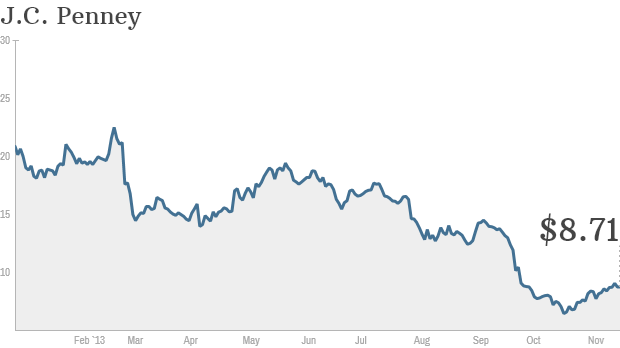Aussie, kiwi struggle on questions about China; sterling in focus
Credit: Reuters/Kacper Pempel
Arrangement of various world currencies including Chinese Yuan, US Dollar, Euro, British Pound, pictured in Warsaw, January 25, 2011.
The U.S. dollar clung to modest gains after the Federal Reserve chief said rates could rise sooner if employment improved.
In the European session, focus will be on the British pound which hit near-six-year highs against the dollar on Tuesday after a surprise jump in inflation. Jobs and wages data are due at 0830 GMT (4.30 a.m. EDT) and evidence that earnings are picking up will add to the case that the Bank of England needs to raise rates soon.
'With unemployment falling, business surveys printing at robust levels and now inflation close to the BoE's target level, any sign of wage growth will effectively put the icing on the cake as far as markets are concerned,' said Peter Kinsella, currency strategist at Commerzbank. 'The third and fourth quarter will be all about the pound dealing with higher rate expectations.'
Sterling was flat at $1.7140 GBP=D4, having scaled a six-year high of $1.7192 on Tuesday after inflation and house prices data prompted investors to raise bets that the BoE would lift interest rates before the year ends. British inflation surged to a five-month high last month and house prices rose at their fastest pace in years.
The Australian dollar lost ground, shedding about 0.2 percent to $0.9350, AUD=D4 even though China reported its economy grew slightly faster than expected in the second quarter, helped by government stimulus.
China is Australia's largest trading partner, making the Aussie a proxy for China plays. This time, the currency got little help from data.
Analysts said that might be because China's National Bureau of Statistics also said a downturn in the property market could create downward pressure on growth.
In New Zealand, the kiwi weakened after a report showed the annual inflation rate reached 1.6 percent in the second quarter versus expectations of 1.8 percent. That was well within the Reserve Bank of New Zealand's (RBNZ) target range.
The data may take the pressure off the RBNZ to tighten policy much more this year, although another quarter-point hike next week seems a done deal.
The kiwi dropped on the data to a low of $0.8690 NZD=D4, pulling further away from a recent high of $0.8839 and its post-float peak of $0.8842 set in August 2011. It last traded down 0.8 percent at $0.8700.
The kiwi had already felt the effects of a decline in by international milk prices and a drop in volumes at an auction held by New Zealand's Fonterra Co-operative Group, the world's biggest dairy exporter.
U.S. DOLLAR BARELY HOLDING UP
The dollar index .DXY was last at 80.442, up about 0.1 percent on the day. The euro was down 0.1 percent at $1.3555 EUR= while the greenback was flat at 101.65 yen JPY= after touching a one-week high of 101.77.
'Below the 101 yen figure, there are pure commercial orders from (Japanese) importers, but the upside is still capped,' said Kaneo Ogino, director at Global-info Co. in Tokyo, a foreign exchange research firm. 'People are just waiting for the next trigger event,' he said.
Fed Chair, Janet Yellen is due to speak later in the day. Speaking to a Senate committee on Tuesday, she defended the Fed's loose monetary policy settings, saying the recovery was not yet complete.
Yellen said early signs of a pick-up in inflation were not enough for the Fed to accelerate plans for raising interest rates, but she conceded that this might change if labor markets improved more quickly than expected.
(additional reporting by Lisa Twaronite; Editing by Larry King)


Post a Comment for "Aussie, kiwi struggle on questions about China; sterling in focus"